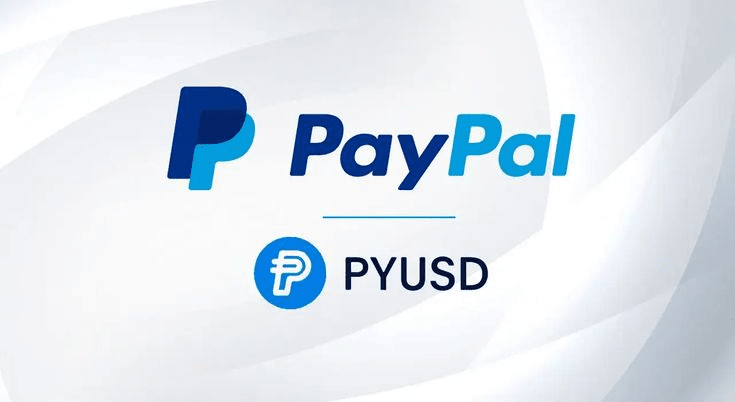In August 2023, one of the largest fintech companies in the world — PayPal — announced the launch of its own stablecoin called PYUSD. This move marked a turning point: for the first time, such a major player from the traditional financial sector officially entered the crypto economy with its own digital asset.
Why PayPal issued its token, how it works, and what place PYUSD occupies in the market — we explore in this article.
What is PYUSD?
PYUSD (PayPal USD) is a stablecoin pegged to the US dollar at a 1:1 ratio. It is issued on the Ethereum blockchain as an ERC-20 standard token, which ensures compatibility with a wide range of crypto services, DeFi protocols, and wallets.
The token is issued by the licensed company Paxos Trust Company, also known for issuing the stablecoin Pax Dollar (USDP).
What is PYUSD backed by?
Each PYUSD token is backed by:
US dollars in bank accounts;
US Treasury bills with short maturities;
Other highly liquid reserve assets.
This makes PYUSD fully redeemable and redeemable: users can exchange it back for US dollars at any time through PayPal or Paxos.
Why did PayPal launch its stablecoin?
1. Strengthening position in digital finance
PayPal has long allowed users to buy, sell, and store cryptocurrencies. The launch of PYUSD is a logical extension of its strategy to enter Web3 and DeFi.
2. Control over payment infrastructure
Having its own stablecoin allows PayPal to create its own payment ecosystem, reducing reliance on external blockchain platforms and banking partners.
3. Fast and cheap transactions
PYUSD is designed for instant digital payments with low fees — including between users and businesses.
4. Support for tokenized economy
PayPal bets on the development of digital assets, NFTs, and micropayments. The stablecoin is the foundation for such scenarios.
How does PYUSD work?
Issued as an ERC-20 token on the Ethereum network.
Available for sending and receiving through PayPal, Venmo, third-party wallets, and exchanges.
Can be used for purchases, transfers, and exchange for other cryptocurrencies.
Reserve reports are published by Paxos monthly and also undergo independent audits.
Differences from other stablecoins
Parameter PYUSD USDT (Tether) USDC (Circle)
Issuer Paxos (on behalf of PayPal) Tether Limited Circle
Launch 2023 2014 2018
Regulation Under the supervision of NYDFS Outside the USA Under regulated structures in the USA
Transparency of reserves Audit and reports from Paxos Limited information Monthly audit reports
Integration with platforms PayPal, Venmo, exchanges Wide exchange support Support in Web3 and DeFi
Market reaction
The launch of PYUSD has sparked interest among:
Investors anticipating increased institutional participation in the crypto industry;
Developers interested in a stable and regulated digital currency;
Regulators who view PYUSD as an example of a 'white' stablecoin operating in the legal field.
However, the volume of circulating PYUSD is still relatively small compared to USDT and USDC; however, its integration into the PayPal ecosystem could provide a powerful impetus for growth.
Potential applications
Transfers between users inside and outside of PayPal;
Payment for digital goods and services;
Integration into Web3 services and DeFi platforms;
Used as a stable store of value.
Criticism and challenges
Competition: the market is already saturated with stablecoins that have an established reputation and scale.
Limited decentralization: PYUSD is issued by a centralized organization and can be frozen.
Regulatory risks: further regulation may affect the distribution of the token.
Conclusion
The launch of PYUSD is an important step in the development of the crypto economy. It shows that traditional financial players are not only observing the market of digital assets but are also eager to be part of it. Thanks to the trust in the PayPal brand, the transparency of Paxos, and compatibility with Ethereum, PYUSD can occupy a significant place in the new digital financial architecture.
